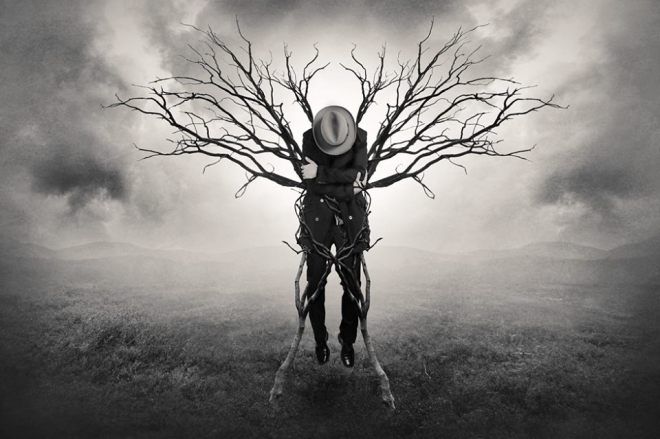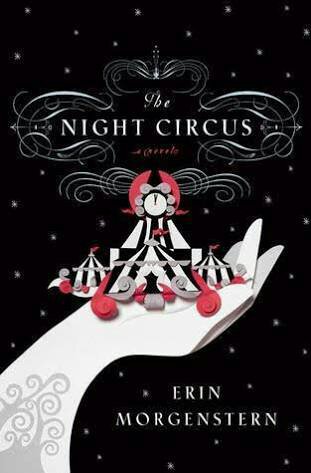by Robert Jordan and Brandon Sanderson
The big story with The Gathering Storm, obviously, is Robert Jordan’s death and the introduction of a new author for the final three books. While some rockiness might be expected, given the change in writing style and even just the loss of Jordan’s guiding hand, for the most part I didn’t find the transition all that jarring. There are a few things, though, that I believe bear discussing.
First, let’s talk about Mat. I like to read without knowing too much in advance, but I’m not unaware of how fans see characters, plots, relationships, even entire books. The dope on Sanderson’s books included, among other things, his alleged misunderstanding of Mat as a character. Now, I liked Mat from the beginning; he’s comic relief, but he’s also just as powerful as the other main characters, and much more appealing as a character. That being said, as the saga progressed, it seemed like Robert Jordan’s main characters all converged into a single tired, brooding, unpleasant archetype. Jordan doesn’t let them have any fun, and I get the sense that none of the characters want to be there. Mat, especially, suffered from this. He’s always had a dark side, no doubt–the whole knife situation and whatnot–but in the later books, Jordan forgets that Mat is supposed to be lighthearted and fun, a foil to the responsible Rand and the almost comically self-serious Perrin.
Well, I guess a lot of people didn’t see it that way, given all the hate for Sanderson’s more “jokey” portrayal, but I think Sanderson found a way to return Mat to his roots and bring back some differentiation between the main characters. Now that he’s free of Tuon, Mat can return to his old rascally ways, spending his time drinking and ogling people that aren’t his wife. Compared to the unpleasantness of Ebou Dar, I’d say this is a significant improvement, even if it is a somewhat jarring transition.
Actually, I think Sanderson wanted to reset the plot and characters for the final three books, Mat included, so that he could create concise and satisfying arcs. Storm ends with two main characters, Rand and Mat, coming to new realizations about themselves and their role in Tarmon Gai’don.  Now, maybe I’m wrong, but I just can’t picture Jordan structuring this book the same way. I don’t know why, but Jordan was always reluctant to give his plots any sense of finality; perhaps he preferred to keep the characters busy and, in so doing, continue to draw the story out. To me, though, the constant addition of new plot elements, and the lack of any indication that Jordan wanted to wrap up any of his plot arcs, was growing stale. In that sense, Sanderson’s work is an enormous leap forward.
Now, maybe I’m wrong, but I just can’t picture Jordan structuring this book the same way. I don’t know why, but Jordan was always reluctant to give his plots any sense of finality; perhaps he preferred to keep the characters busy and, in so doing, continue to draw the story out. To me, though, the constant addition of new plot elements, and the lack of any indication that Jordan wanted to wrap up any of his plot arcs, was growing stale. In that sense, Sanderson’s work is an enormous leap forward.
Further, Sanderson is unafraid to push against emotional boundaries that Jordan had never crossed. Without a doubt, The Gathering Storm had some of the most powerful scenes I can recall reading in Wheel of Time. Rand goes to about as dark a place as we’ve been in the entire series, and he takes us there more than once. And while we know, of course, that Rand is our hero, and that he can’t actually fall to “the dark side”, so to speak, Sanderson calls that assumption into question. Again, maybe I’m underselling Jordan, but it’s hard to imagine him being so bold.
The only fault I can really find with Sanderson’s work is that Egwene is still a poorly drawn character. Her only quality seems to be that she’s inexplicably good at everything, and while I’m hesitant to use the term, given all of its connotations, she comes across as very Mary Sue-ish. The rebels follow her, the novices look up to her, and the White Tower sisters almost immediately realize that she would make a better leader than Elaida–who then conveniently gets kidnapped and made into a slave. This “Kumbaya” outcome strikes me as unrealistically optimistic, especially when I consider American politics and some interesting parallels between our current regime and Elaida’s. In particular, the idea that the Amyrlin, who turned out to be a “useful idiot” for the Dark One, was selected by a minority of Aes Sedai and put over the top by Black Ajah traitors–it maybe hit a little too close to home. Given what’s happening to our democracy right now, the notion that Egwene would be able to walk into the White Tower and command respect by virtue of awesomeness looks naive, at best.
The Gathering Storm is notable most of all for Brandon Sanderson’s continuation of the series after creator Robert Jordan’s death. Nothing can take away from what Jordan built–his world building and intricate plotting are unrivaled–but there are some areas in which Sanderson has him beat. Neither author is solely responsible for these last three books, though, and their joint credit on the cover is a testament to Jordan’s and Sanderson’s united efforts to create a series finale that stands the test of time.
Advertisements Share this:- More





